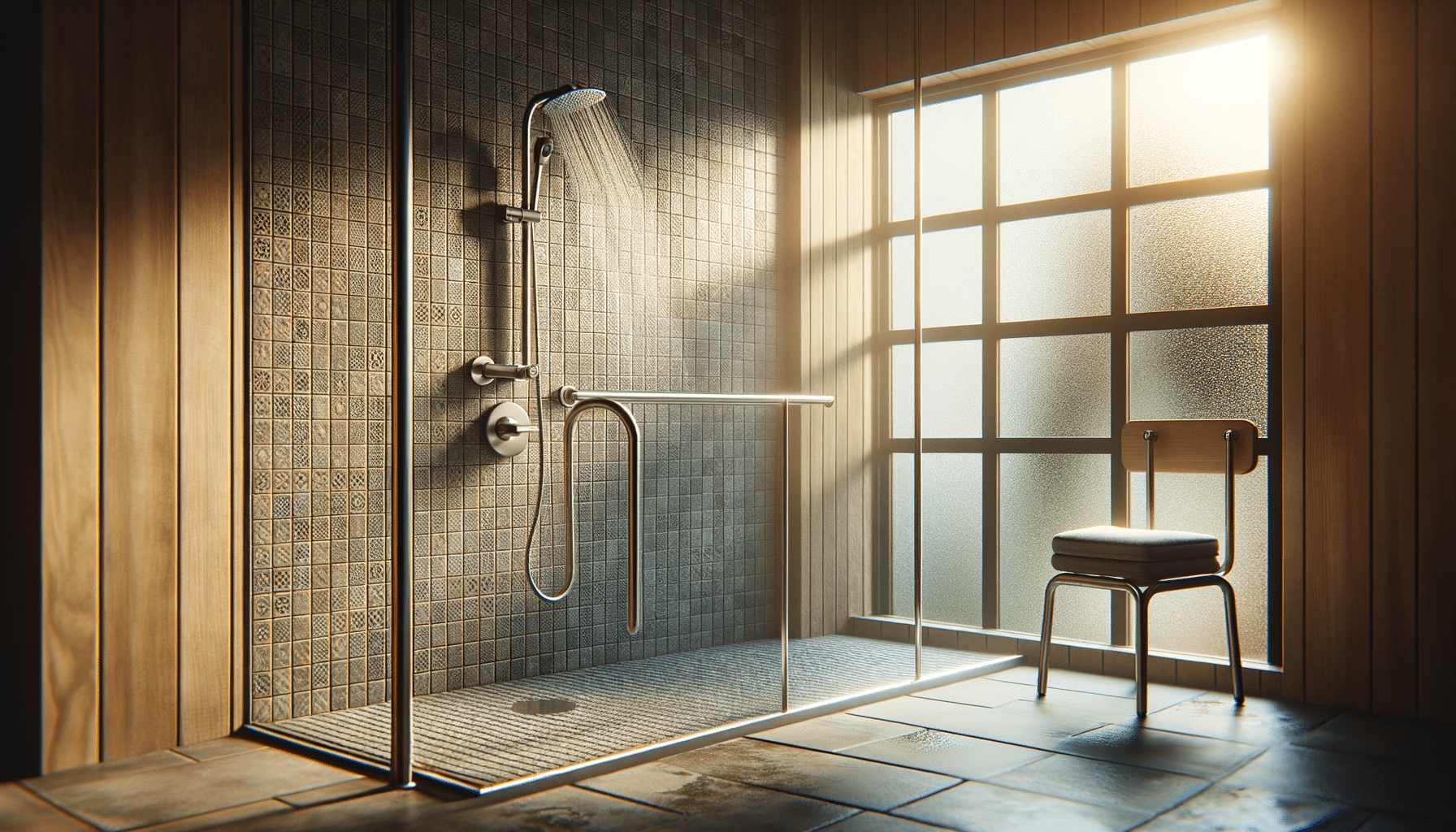
Buying a Used Convertible: What to Inspect Before the Test Drive
The Allure of a Used Convertible: What Makes Them Special
Convertibles have long been cherished for their unique ability to combine the thrill of open-air driving with the practicality of a regular vehicle. When considering a used convertible, potential buyers are often drawn to the experience of feeling the wind in their hair and the sun on their face, all while enjoying the flexibility of a retractable roof. However, the journey to owning a convertible isn’t just about excitement; it requires a careful evaluation to ensure that the vehicle is in good condition and worth the investment.
Before you even start the engine, there are several key areas to inspect. A convertible’s allure can sometimes overshadow practical considerations, but understanding what to inspect before the test drive can save you from future headaches. The condition of the roof, the vehicle’s alignment, and the integrity of the frame are just a few aspects that demand attention. These elements play a crucial role in determining the overall health and longevity of the vehicle.
In this article, we’ll delve into the essential components to evaluate when considering a used convertible, ensuring that your dream car doesn’t turn into a nightmare. With the right knowledge, you can make an informed decision that balances fun with reliability.
Inspecting the Roof and Frame: The Backbone of Your Convertible
The roof and frame of a convertible are perhaps the most distinctive features that differentiate these vehicles from their hardtop counterparts. When buying a used convertible, these components should be at the top of your inspection list. The roof, whether it’s fabric or metal, should be checked for any signs of wear, such as tears, leaks, or malfunctioning mechanisms. A convertible’s roof is not just about aesthetics; it plays a significant role in protecting the interior from the elements and maintaining the vehicle’s structural integrity.
The frame, on the other hand, supports the entire vehicle, and any damage here can be costly to repair. Look for signs of rust, especially in older models, as this can indicate potential structural weaknesses. Check the alignment of the doors and windows, as misalignment could suggest previous accidents or frame issues. These inspections are crucial as they reveal the true condition of the car, beyond what meets the eye.
By thoroughly examining these areas, you ensure that the core structure of the convertible is sound, providing a solid foundation for your driving adventures. A test drive reveals noise, handling, and structural issues, offering further insight into the car’s condition.
The Importance of Maintenance Records: A Glimpse into the Vehicle’s Past
Maintenance records are a window into how well a vehicle has been cared for. They provide a history of the car’s upkeep, indicating whether regular service intervals were adhered to and if major repairs were necessary. When considering a used convertible, these records are invaluable. They not only show the car’s past but also help predict potential future issues. Look for documentation of oil changes, brake checks, and any repairs related to the convertible top or frame.
Vehicles with comprehensive maintenance records tend to be more reliable, as they have likely been serviced according to manufacturer recommendations. Conversely, a lack of records can be a red flag, suggesting neglect or undisclosed problems. Ask the seller for any available records and take the time to review them carefully. This step can provide peace of mind, knowing that the car was not only loved by its previous owner but also properly maintained.
In essence, maintenance records show how well a vehicle has been cared for, guiding you in making an informed purchase decision. They help you avoid surprises and ensure that your used convertible remains a source of joy, not stress.
Test Driving the Convertible: Listening and Feeling for Clues
The test drive is your opportunity to experience the convertible in action and assess its performance. Pay close attention to how the car handles, especially when the roof is down, as this can affect the vehicle’s dynamics. Listen for unusual noises, such as rattles or squeaks, which could indicate underlying issues. The test drive is also a chance to evaluate the car’s acceleration, braking, and overall responsiveness.
Drive on various road types to get a comprehensive feel for the vehicle. Check how it performs at different speeds and observe the steering’s precision. A well-maintained convertible should feel smooth and stable, without any vibrations or pulling to one side. Remember, a test drive reveals noise, handling, and structural issues, providing essential information that static inspections might miss.
This phase of the buying process is crucial, as it confirms whether the convertible meets your expectations and is free from serious defects. By thoroughly evaluating the car during the test drive, you gain confidence in your purchase.
Final Thoughts: Making an Informed Decision
Purchasing a used convertible is as much about emotion as it is about practicality. The allure of open-air driving is undeniable, but it’s essential to approach the purchase with a discerning eye. By focusing on key areas such as the roof, frame, maintenance records, and test drive experience, you can ensure that your investment is sound and that your convertible provides years of enjoyment.
Remember, maintenance records show how well a vehicle has been cared for, and a thorough inspection before the test drive can identify potential red flags. By taking these steps, you protect yourself from unforeseen expenses and ensure that your convertible remains a reliable companion on the road.
In conclusion, the thrill of owning a convertible is within reach, provided you take the time to inspect and evaluate your options carefully. With the right approach, you can enjoy the best of both worlds—exhilarating drives and peace of mind.


